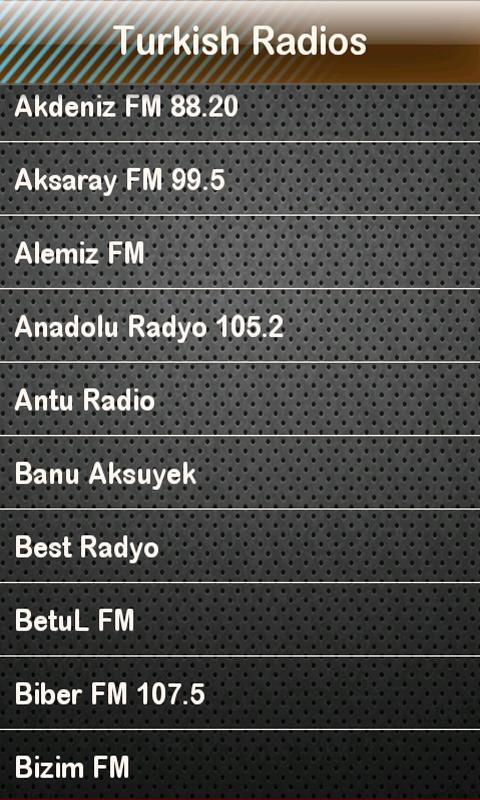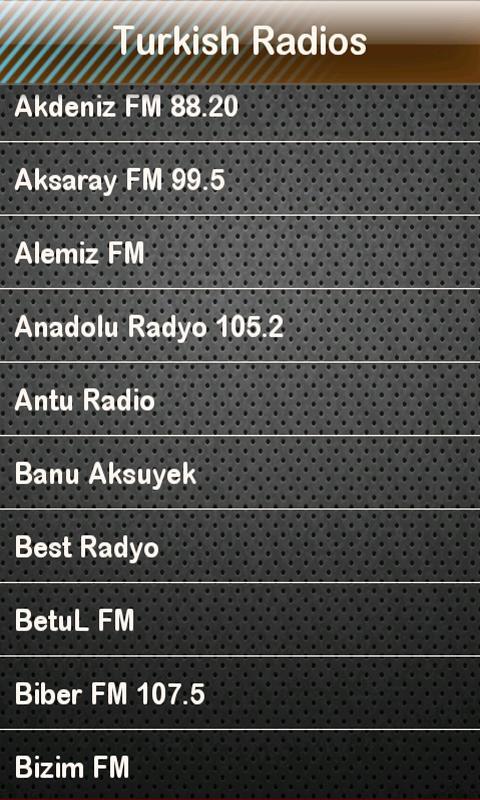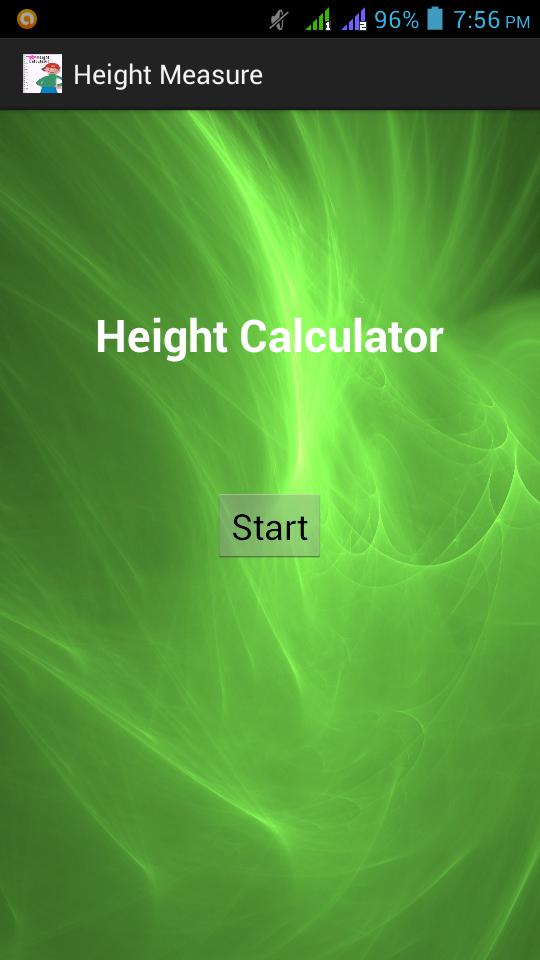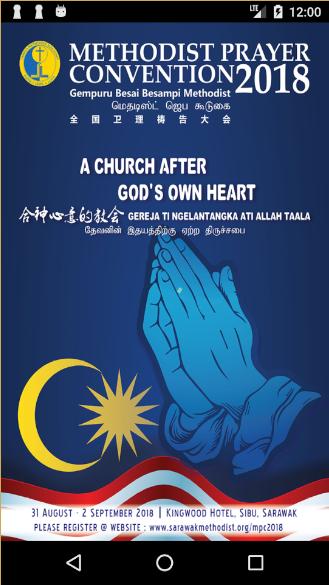

Turkish Radios
Turkish Radios app. Turkish is a language spoken as a native language by over 83 million people worldwide, making it the most commonly spoken of the Turkic languages. Its speakers are located predominantly in Turkey and Northern Cyprus with smaller groups in Iraq, Greece, Bulgaria, the Republic of Macedonia, Kosovo[a], Albania and other parts of Eastern Europe. Turkish is also spoken by several million people of immigrant origin in Western Europe, particularly in Germany.
The roots of the language can be traced to Central Asia, with the first known written records dating back nearly 1,300 years. To the west, the influence of Ottoman Turkish—the variety of the Turkish language that was used as the administrative and literary language of the Ottoman Empire—spread as the Ottoman Empire expanded. In 1928, as one of Atatürk's Reforms in the early years of the Republic of Turkey, the Ottoman script was replaced with a Latin alphabet. Concurrently, the newly founded Turkish Language Association initiated a drive to reform and standardize the language.
The distinctive characteristics of Turkish are vowel harmony and extensive agglutination. The basic word order of Turkish is subject–object–verb. Turkish has no noun classes or grammatical gender. Turkish has a strong T-V distinction and usage of honorifics. Turkish uses second-person pronouns that distinguish varying levels of politeness, social distance, age, courtesy or familiarity toward the addressee. The plural second-person pronoun and verb forms are used referring to a single person out of respect. On occasion, double plural second-person "sizler" may be used to refer to a much-respected person.
Türkçe, also referred to as Istanbul Turkish
Turkish is a member of the Oghuz group of languages, a subgroup of the Turkic languages. There is a high degree of mutual intelligibility between Turkish and the other Oghuz languages, including Azerbaijani, Turkmen, Qashqai, Gagauz, and Balkan Gagauz Turkish. The Turkic family comprises some 30 living languages spoken across Eastern Europe, Central Asia, and Siberia. Some linguists believe the Turkic languages to be a part of a larger Altaic language family. About 40% of all speakers of Turkic languages are native Turkish speakers. The characteristic features of Turkish, such as vowel harmony, agglutination, and lack of grammatical gender, are universal within the Turkic family and the Altaic languages.
The earliest known Turkic inscriptions are the two monumental Orkhon inscriptions found in modern Mongolia. Erected in honour of the prince Kul Tigin and his brother Emperor Bilge Khan, and dating back to some time between 732 and 735, they constitute another important early record. After the discovery and excavation of these monuments and associated stone slabs by Russian archaeologists in the wider area surrounding the Orkhon Valley between 1889 and 1893, it became established that the language on the inscriptions was the Old Turkic language written using the Orkhon script, which has also been referred to as "Turkic runes" or "runiform" due to a superficial similarity to the Germanic runic alphabets.[12]
With the Turkic expansion during Early Middle Ages (c. 6th–11th centuries), peoples speaking Turkic languages spread across Central Asia, covering a vast geographical region stretching from Siberia to Europe and the Mediterranean. The Seljuqs of the Oghuz Turks, in particular, brought their language, Oghuz Turkic—the direct ancestor of today's Turkish language—into Anatolia during the 11th century. Also during the 11th century, an early linguist of the Turkic languages, Mahmud al-Kashgari from the Kara-Khanid Khanate, published the first comprehensive Turkic language dictionary and map of the geographical distribution of Turkic speakers in the Compendium of the Turkic Dialects (Ottoman Turkish: Divânü Lügati't-Türk).














